When considering the best wine glass for your next gathering or solo enjoyment, the choice often comes down to traditional stemmed wine glasses versus their contemporary stemless glass counterparts. This debate touches on aesthetics, functionality, and practicality.
Stemmed glasses have long been the epitome of classic wine presentation. They are designed to enhance the wine-tasting experience by keeping the heat of your hand away from the wine. On the other hand, stemless wine glasses bring modern convenience and stability, posing less risk of tipping over due to their lower center of gravity.

The decision between stem and stemless wine glasses is not only a matter of personal preference but also reflects the type of wine being served and the context of dinner party it is being enjoyed in.
While stemmed glasses are praised for their temperature control and elegance, stemless glasses offer a casual, durable option for less formal settings. These glasses also ensure easier storage and less breakage, which can be a significant advantage in households with limited space or those seeking a sturdy option for social gatherings.
Key Takeaways
- Stemmed wine glasses offer a traditional presentation and temperature control for wine.
- Stemless wine glasses provide modern convenience and are less likely to tip over.
- The choice between stem and stemless can depend on the wine type, occasion, and personal taste.
Exploring the Basics of Wine Glasses
Selecting the appropriate wine glass is essential for enhancing the wine drinking experience. This section provides insight into the history, design features, and differences in stem and bowl shapes of wine glasses.
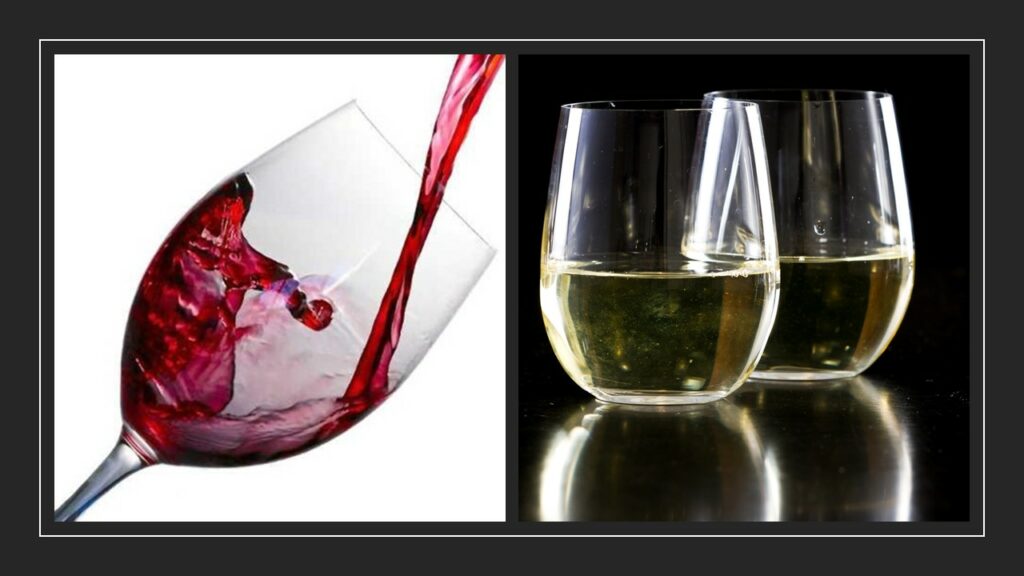
Historical Development of Stemware
The design of stemmed wine glasses has evolved considerably since their inception. Initially, these glasses were primarily functional, serving to elevate the bowl away from the table to prevent heat from the hand from affecting the wine’s temperature. Over time, they became more elaborate, with artisans using the stem to showcase intricate designs. This transition turned traditional wine glasses into works of art in addition to their practical use.
Understanding the Anatomy of Wine Glasses
A wine glass typically consists of three parts: the bowl, stem, and base. The bowl is where the wine is held and is designed to optimize the wine’s aroma and flavor. The stem allows for the glass to be held without warming the wine and provides rounded bowl with a stable base, preventing tipping. In stemless glasses, the bowl is designed to sit directly on the table, providing a more casual appearance and often a more durable design.

Comparing Stem and Bowl Shapes
Stemmed glasses and stemless glasses differ not only in the presence of a the stemless glassware but also in their bowl shapes. The shape of the bowl can greatly influence the tasting experience, affecting how the aroma of wine is released and how the wine hits the tongue.
For example, red wines typically benefit from a wider bowl shaped bottom for better aeration, while white wines prefer narrower ones to maintain a cooler temperature. Glass stemless wine glasses tend to have a more uniform bowl shape, which may not be optimized for all wine types.
The Functional Advantages and Disadvantages
Choosing between stemmed and stemless wine glasses involves considering factors like temperature control, wine flavor, and the practicalities of durability and maintenance. Each style served wine also comes with its own set of benefits and drawbacks, which will be explored in the following subsections.
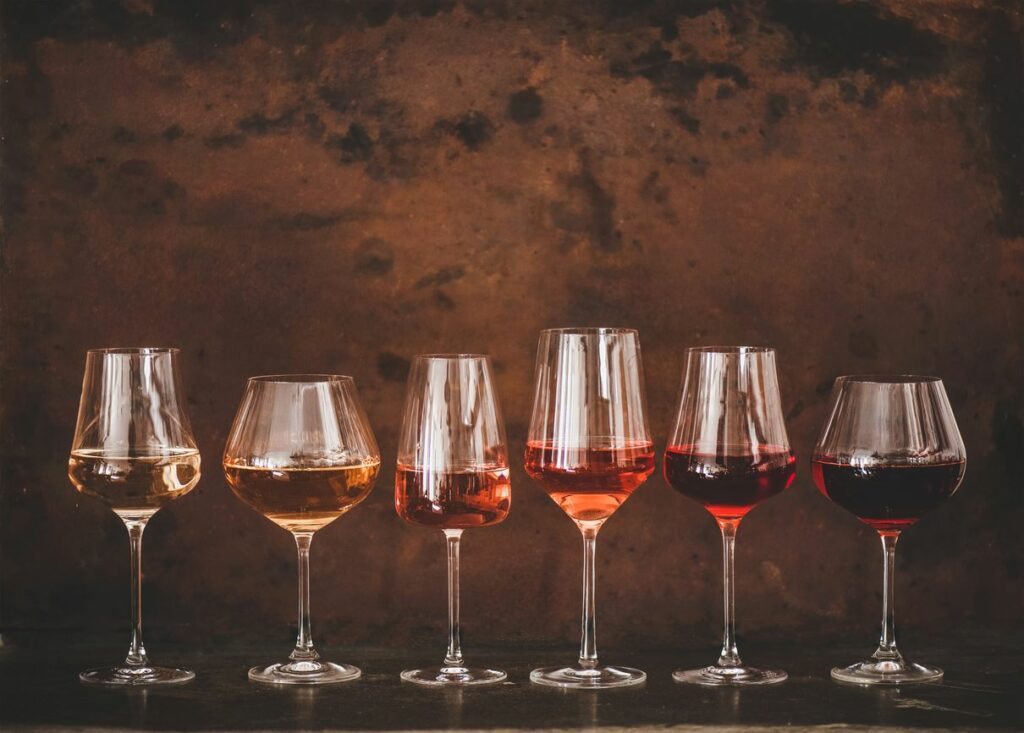
Temperature Control and Wine Preservation
Stemmed Wine Glasses:
- Advantages:
- Ideal for maintaining the ideal wine temperature, as the stem allows the drinker to hold the glass without transferring body heat to the wine.
- Disadvantages:
- More fragile due to the stem and may not be suited for all settings, especially where a glass can be easily knocked over.
Stemless Wine Glasses:
- Advantages:
- With a lower center of gravity, they are less likely to spill, which can be beneficial in casual settings.
- Disadvantages:
- Holding the bowl can alter the wine’s temperature, which may impact aromas and taste for certain wines.
Aeration and Wine Flavor Enhancement
Stemmed Wine Glasses:
- Advantages:
- Traditionally designed to enhance the aeration process, helping to open up the wine’s aromas and flavors.
- Disadvantages:
- Require more careful handling to prevent breakage during swirling.
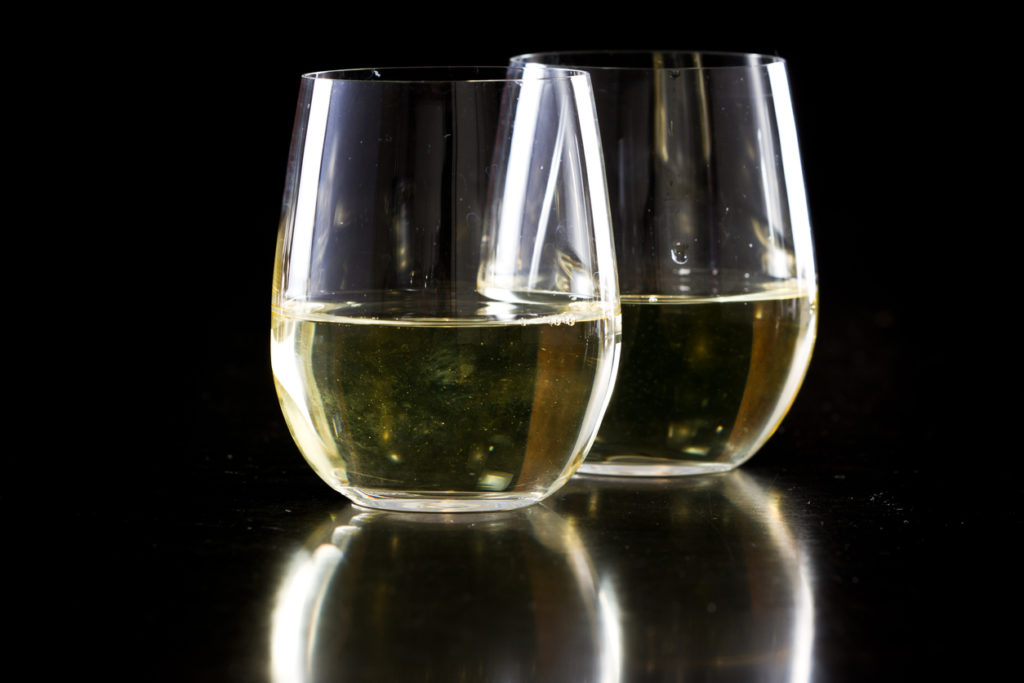
Stemless Wine Glasses:
- Advantages:
- Still capable of aerating wine, but may be more suited for less complex wines.
- Disadvantages:
- Less aeration benefit when compared to traditional stemmed glasses due to different bowl shapes and handling.
Durability, Breakage, and Care Considerations
Stemmed Wine Glasses:
- Advantages:
- Often considered more elegant but require careful care to avoid breakage.
- Disadvantages:
- Generally not recommended for dishwasher use due to their fragility.
Stemless Wine Glasses:
- Advantages:
- Typically more durable and may be more dishwasher-friendly due to their sturdier build.
- Disadvantages:
- They can be prone to fingerprints and smudges, needing frequent cleaning to maintain their appearance.
Situational Uses and Personal Preferences
Choosing between stem and stemless wine glasses often comes down to the nature of the event and individual tastes. This section explores the appropriate contexts and personal choices that influence the selection of stem vs stemless wine glasses and glassware.

Formal Occasions and Fine Dining
In formal settings such as fine dining experiences or special occasions, stemmed wine glasses are traditionally preferred. Their elegance and design contribute to a sophisticated dinner table setting.
The stems allow wine drinkers to hold the wine bars the glass without affecting the temperature of the wine, which is crucial for appreciating the flavor profile of fine wines. Their traditional appeal makes them a staple for wine connoisseurs and traditionalists who value etiquette and presentation.
Casual Gatherings and Outdoor Events
Conversely, stemless wine glasses are seen as a suitable option for more casual gatherings and outdoor events like picnics. Their lower center of gravity makes them less likely to tip over—a practical benefit for mingling in dynamic environments.
Stemless glasses offer a modern trend in wine drinking and are handy for casual drinkers who prioritize convenience and relaxation enjoy wine, over formalities. These glasses are also easier to store without fear of snapping a delicate stem.
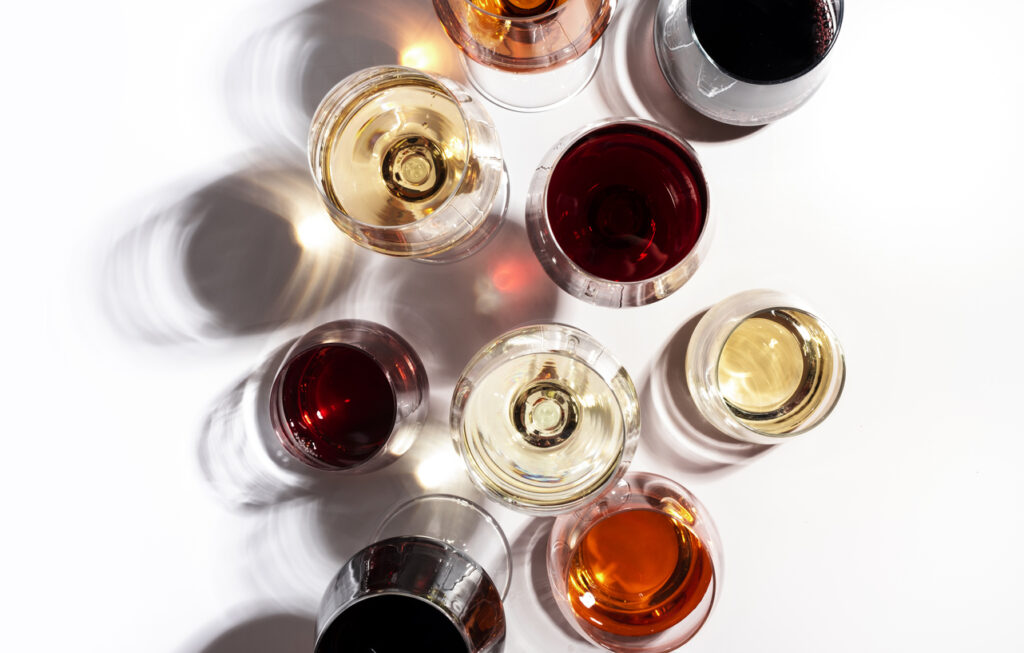
Personal Preference in Wine Drinking
Ultimately, the choice may simply hinge on personal preference. Some wine drinkers find that stemless glasses fit better in their hand, while others might feel that a stemmed glass elevates the wine drinking experience.
The trend toward more casual, laid-back drinking experiences has certainly contributed to the rise in popularity of stemless glasses serving wine. However, dedicated wine aficionados might always lean towards the elegance and functional advantages of a stemmed glass when enjoying their favorite vintages.
Wine Glass Selection and Maintenance Tips
Choosing the right wine glass is crucial for enhancing the tasting experience, and proper maintenance ensures longevity and consistent performance of your stemware.
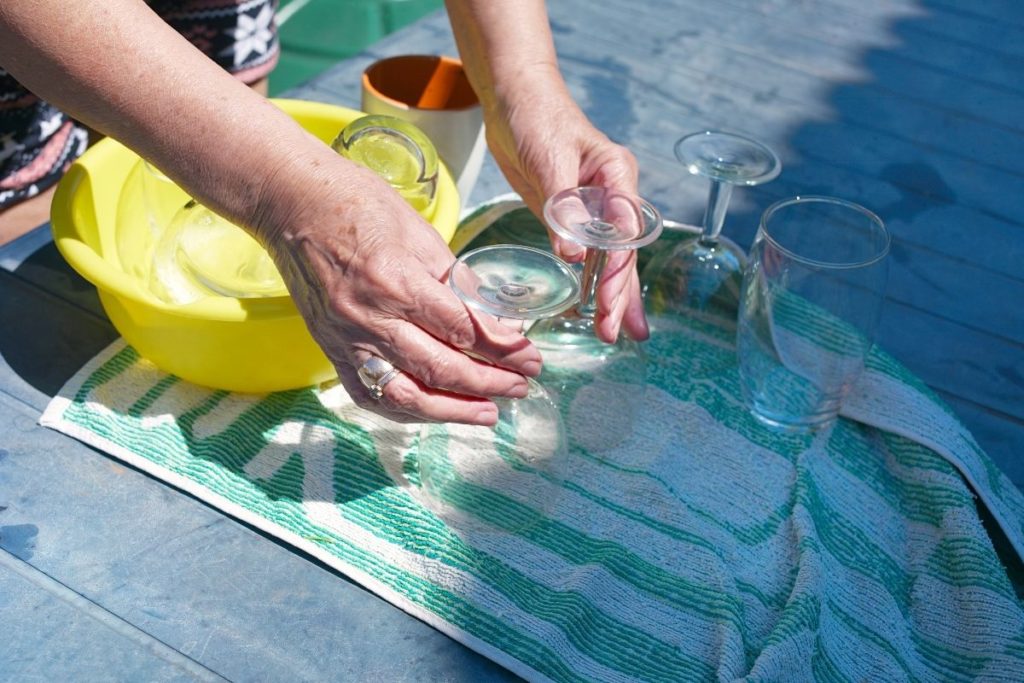
Choosing the Right Glass for the Wine Type
Stemware is designed to enrich the wine’s characteristics, and thus, the selection should be tailored to the wine type.
For example, bold red wines flourish in glasses with a larger bowl like those from Riedel, allowing for greater oxygenation. In contrast, lighter white wines benefit from narrower glasses as seen in most wines in Schott Zwiesel collections, preserving the floral and delicate aromas.
Zalto glasses, though more of an investment, are praised by sommeliers for their ultra-thin and lightweight design that can elevate the tasting experience for any wine aficionado.
- Red Wines: Broad-bowled glasses such as Riedel Vinum Bordeaux.
- White Wines: Taller, more upright glasses like the Schott Zwiesel Forte White Wine glass.
Caring for Your Wine Glasses
The maintenance of wine glasses directly affects their functionality and practicality for both casual drinkers and wine lovers.
A good wine and glass guide often recommends hand-washing to extend the life span of delicate stemware, although many modern glasses are designed to be dishwasher safe.
Always check if the glassware meets this criterion, as with some Schott Zwiesel models, known for their patented Tritan® crystal technology. For environmentally-friendly cleaning, use mild detergents and avoid excessive heat.
- Hand-washing: Warm water, mild soap, air-dry on a linen cloth.
- Dishwasher-safe glasses: Use a gentle cycle and place them in securely to prevent clinking.
Frequently Asked Questions
Selecting the right stemless wine glass, can greatly enhance the drinking experience. This section addresses common inquiries surrounding the use of stem and stemless wine glasses.
Can drinking from stemless wine glasses influence the taste of wine?
Drinking from stemless wine glasses can subtly influence the taste of wine, as the warmth from one’s hand on different glass may raise the temperature of the wine, potentially affecting its flavor profile.
The CORKCICLE article highlights the importance of temperature control same wine and with stemmed wine glasses.
What are the advantages of using stemmed wine glasses over stemless?
Stemmed wine glasses offer a few advantages; they prevent heat transfer from the hand to the wine, maintaining the proper temperature and preserving flavor, and they also reduce the likelihood of smudges from fingers obscuring the glass, ensuring clear visuals.
Elegance and traditional aesthetic are other benefits often ascribed to stemmed glasses, as noted in the discussion about wine glass preferences.
Is there a difference in functionality between stem wine glasses and stemless wine glasses?
Yes, functionality differs in that stemless wine glasses have a lower center of gravity, which can make them less likely to tip over. Stem glasses, however, offer better temperature control and can be more visually appealing, especially in formal settings, according to the Wine Enthusiast.
Have stemless wine glasses become less popular in recent years?
There is no clear consensus on the popularity trend of stemless wine glasses. Some prefer the modern appearance and casual feel, while others adhere to the traditional, stemmed wine glass format in certain settings.
What type of wine is best suited for stemless wine glasses?
Wine enthusiasts use stemless wine glasses for informal occasions. They can be suitable for less temperature-sensitive wines.
They may be preferred for robust red wines. These wines benefit from a slight increase in temperature from the hand’s warmth.
Do professional wine tastings prefer stem or stemless wine glasses, and why?
Professional wine tastings typically prefer stemmed glasses because they allow for optimal temperature control and don’t interfere with the wine’s aroma and flavor.
Handling red wine from the stem rather than the bowl prevents warming the wine, which is crucial in assessing its true characteristics. Wine tasting guides support this preference.

